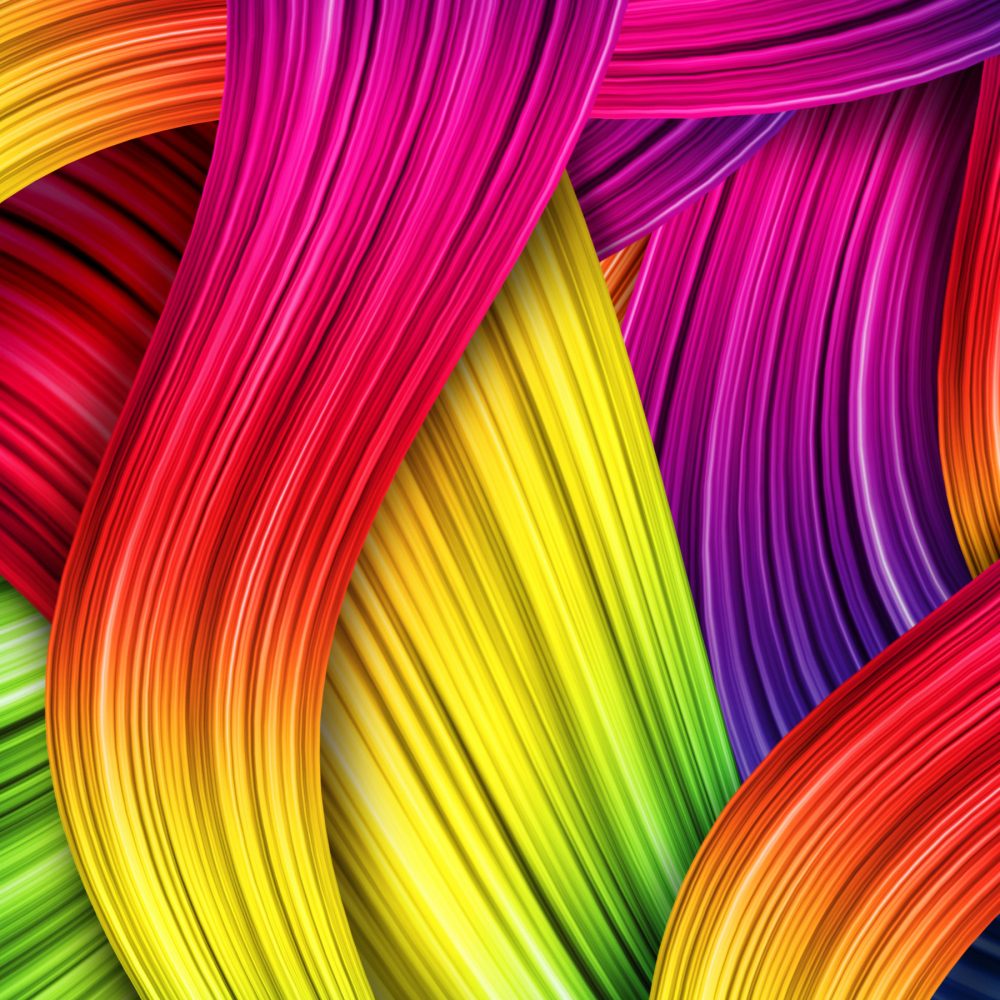
Color Theory and Pain
First, she sits on her meditation pillow with her hands on her heart. She feels pain from a recent break up. Then, as she visualizes the color green in her heart: it grows; it heals her. She used the color green on her heart chakra based off of the veda scripts from 1500-500 BC. At last, she feels the healing. Her roommate rolls her eyes at her weird friend. What a freak buying into all that crap. But is it? Color has both subjectively and in the research shown to affect pain, emotions, and stress levels. Researcher believe color has a placebo effect that can reduce pain in patients. Placebo or not, the effects of color theory and pain and emotion deserves exploration.
Systems using colors for  healing other than chakras exist. For example, Feng Shui uses color in different rooms based off of their baguas. Also, Goethe used colors to understand people and their personalities in the 1800s. The Wright Theory says that color has an effect on mood, the effects are universal, and all of humanity classifies into one of four personality types based off of these colors. Finally, even Facebook has its share of tests you can take to assess your personality. So what does the research say? Research on color and healing is prevalent and telling.
healing other than chakras exist. For example, Feng Shui uses color in different rooms based off of their baguas. Also, Goethe used colors to understand people and their personalities in the 1800s. The Wright Theory says that color has an effect on mood, the effects are universal, and all of humanity classifies into one of four personality types based off of these colors. Finally, even Facebook has its share of tests you can take to assess your personality. So what does the research say? Research on color and healing is prevalent and telling.
Let’s take a look at some of the ways color influences pain:
- Heat simulation applied to red skin resulted in more pain than heat simulation applied to blue skin (1).
- Another study found rats bathed in green light tolerated noxious and thermal stimuli more than those with a placebo (2)
- In addition, another study found that a red placebo pill had the same effect as the actual analgesic drug due to its color (3).
- Also, a meta-analysis (4) of pill color effects found that
- People associate certain colors with certain healing properties
- For tranquilizers, men preferred orange and women preferred blue
- In one study, more subjects taking blue pills feel less alert compared to those taking the pink pill
- Another study gave orange or blue pills the night before a surgery. Those who took the blue pill reported improved sleep compared to those who took the orange pill
- Alternative researchers in Pakistan even wrote an article summarizing the history of chromotherapy and its scientific research (5). They report that:
Every creature is engulfed in light that affects its health. The human body, according to the doctrine of chromotherapy, is basically composed of colors. The body comes into existence from colors, the body is stimulated by colors and colors are responsible for the correct working of various systems that function in the body. All organs and limbs of the body have their own distinct color.
Also, they also claim that people studying this phenomenon had found similar patterns to the chakras. Lastly, they found cool colors such as blue and green calmed subjects, while warm colors such as yellow and red stimulated them.
- On the other hand, other research seems to show that blue actually stimulates to the body (6). This effect likely occurs due to the blue in sunlight. Blue light, found on electronic devices and the sun, activates melanopsin photoreceptors which activate the sub-cortical arousal and higher-order attention processing. Consequently, this has led to increased sales in yellow-tinted glasses to prevent blue-light from entering your eyes at night.
Color and Your Pain
In conclusion, while research into the study of light is new, you can use color now to help with your pain. For now, play around with different colors. Most of all, pay attention to your emotions and pain levels with them. Whether changes occur due to the energetic wavelengths or the placebo effect, it doesn’t really matter. What matters is that it helps. It can help with the upregulation system in your body that contributes to pain. Later, I will discuss this system in detail in future blogs. or now, enjoy your colors.
References:
1) Martini M, Perez-Marcos D, Sanchez-Vives MV. What Color is My Arm? Changes in Skin Color of an Embodied Virtual Arm Modulates Pain Threshold. Frontiers in Human Neuroscience. 2013;7:438. doi:10.3389/fnhum.2013.00438.
2) Mohab M. Ibrahim, Amol Patwardhan, Kerry B. Gilbraith, Aubin Moutal, Xiaofang Yang, Lindsey A. Chew, Tally Largent-Milnes, T. Philip Malan, Todd W. Vanderah, Frank Porreca, Rajesh Khanna. Long-lasting antinociceptive effects of green light in acute and chronic pain in rats. PAIN, 2017; 158 (2): 347 DOI: 3097/j.pain.0000000000000767Huskisson E. Measurement of pain. 1974: 2 (7889). 1127-1131.
3) De Craen AJ, Roos PJ, Leonard de Vries A, Kleijnen J. Effect of colour of drugs: systematic review of perceived effect of drugs and of their effectiveness. BMJ : British Medical Journal. 1996;313(7072):1624-1626.
4) Azeemi STY, Raza SM. A Critical Analysis of Chromotherapy and Its Scientific Evolution. Evidence-based Complementary and Alternative Medicine. 2005;2(4):481-488. doi:10.1093/ecam/neh137.
5) Elliot AJ. Color and psychological functioning: a review of theoretical and empirical work. Frontiers in Psychology. 2015;6:368. doi:10.3389/fpsyg.2015.00368.